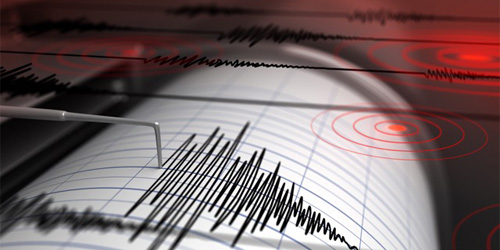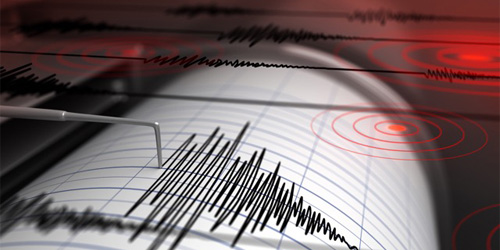Explaining Aftershock Clustering
An earthquake is often followed by smaller aftershocks. This clustering of events in time is difficult to explain with theories of how earthquakes and other “avalanche” phenomena are triggered. A new study suggests that the observed clustering is an artifact of how scientists identify these events with a threshold, such as a specific seismic-wave intensity. The researchers argue that the threshold hides the fact that a small event (or “subavalanche”) is usually just a part of a bigger event.
Avalanche theories—based on the buildup and eventual release of an external stress—accurately describe the number of large (rare) events relative to smaller (more common) events. However, these models also predict that the avalanche events are triggered randomly in time. In other words, the waiting time to the next event shouldn’t depend on the previous avalanches. But this contradicts that you are, for example, more likely to experience an aftershock one day after a large quake than ten days later.
Lasse Laurson from Aalto University in Finland and his colleagues have found a possible explanation for the clustering in the use of thresholds to characterize avalanche behavior. For their experimental model, they chose the cracking of a transparent plastic block. A high-speed camera captured the speed of the crack, showing intermittent bursts in which the crack jumped forward. In their analysis, the team defined a threshold velocity, such that any peak in velocity above that threshold was called an avalanche. They found that setting a high threshold had the effect of dividing a single avalanche into several subavalanches. By decreasing the threshold value, the authors recovered a random waiting-time distribution, as expected from avalanche theories.
This research is published in Physical Review Letters.
–Michael Schirber
Michael Schirber is a Corresponding Editor for Physics based in Lyon, France.





